Blog - Hướng dẫn, Training Data
Order fulfillment workflows in Vatico
This post aims to allow readers to understand how Vatico fulfills orders from an operational and data standpoint.
For those new to Vatico, knowing Vatico’s order fulfillment flows is important in understanding how our business operates. For partners, understanding our order fulfillment process helps them understand how their business can integrate with Vatico’s order fulfillment workflows. For Vatico data users, understanding the fulfillment flow helps them quickly adapt with changes and new requests.
1. Operational workflows for order fulfillment
In this post, the order fulfillment process is from receiving order till order is ready to ship by last mile delivery partner.
There are two ways orders are fulfilled:
1.1 For orders fulfilled by partners

Figure 1: Order fulfillment by partners
- Vatico will inbound our stocks in advance to these partners’ fulfillment centers.
- When orders are made on other e-commerce channels like Lazada, Tiki and Amazon, each partner fulfills the order through their own fulfillment services.
- For example, Fulfillment with Lazada (FBL), Fulfillment with Amazon (FBA) and Fulfillment with Tiki (FBT).
- Order information is processed by partners themselves and partners will prepare, pack and ship the order using their own logistical support.
1.2 For orders fulfilled by Vatico

Figure 2: Order fulfillment by Vatico
- Vatico will inbound our stocks in advance to our own warehouses or warehouses that we rent for space and packing services.
- When orders are made on the Vatico website, Vatico then sends the order information to our warehouse partners.
- For orders on Shopee, Vatico does not use Shopee’s fulfillment service. Hence, Vatico also sends the order information to our warehouse partners ourselves.
- Our own warehouse partners prepare, pack and ship for these orders.
1.3 Overview for orders fulfilled by marketplace partners and Vatico
Here is an overview of how different types of orders are fulfilled in our workflows:
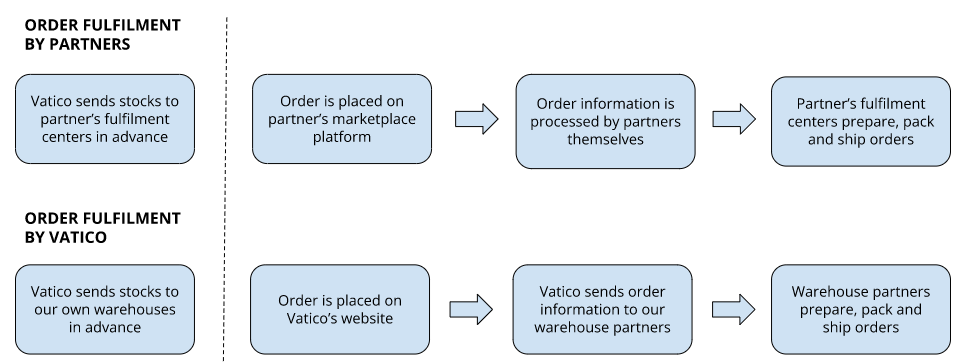
Figure 3: Overview of our order fulfillment workflows
2. Data workflows in place for order fulfillment
How does Vatico sync all these data into our data warehouse?
2.1 Data workflows for order fulfillment (Partners)
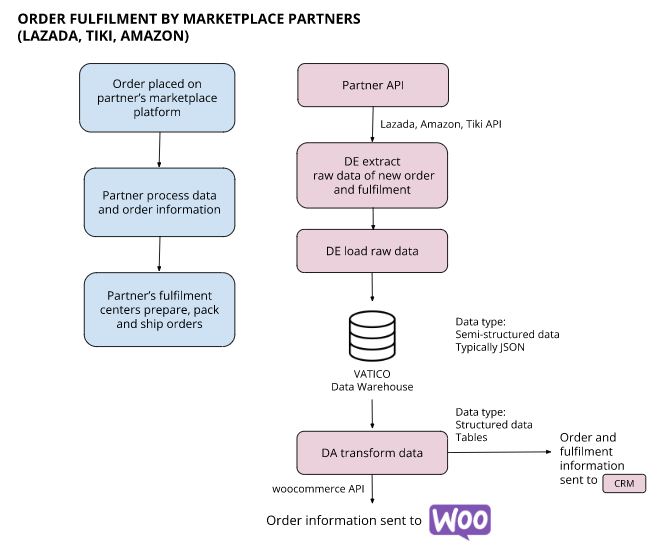
Figure 4: Order fulfillment by partners (Data workflow)
For our orders placed on Lazada, Tiki and Amazon, there are two types of data that are synced back to our data warehouse – order data and fulfillment data.
Order and fulfillment workflows are also independent of each other. This means that if the data workflow is compromised, fulfillment workflows can still operate. As seen in Figure 4, the blue fulfillment workflow is separate from the pink data workflow.
Data is processed by the partners while Vatico maps back the data from our partner’s platform into our own data warehouse through the ELT process.
2.2 Data workflows for order fulfillment (Vatico)
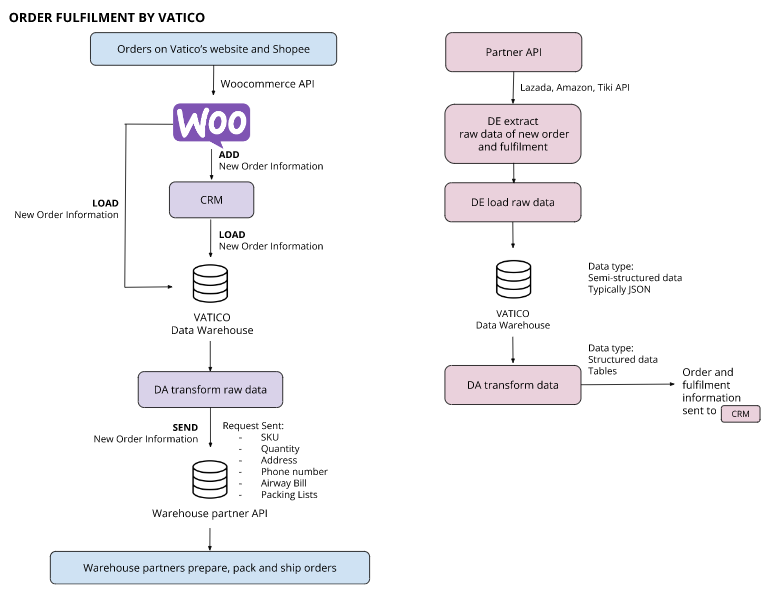
Figure 5: Order fulfillment by Vatico (Data workflow)
For orders placed on Vatico’s website and Shopee, there are two data workflows present.
Firstly, order data is synced back to our data warehouse in purple flow. Then via ELT process, order information such as SKU, address, are standardized. Vatico then sends the order information to our warehouse partners and our warehouse partners prepare the order to be shipped.
Secondly, in pink flow – another data flow, order and fulfillment data is frequently collected and updated in CRM.
2.3 Data workflow overview for orders fulfilled by marketplace partners and Vatico
Here is an overview of our order fulfillment workflows:
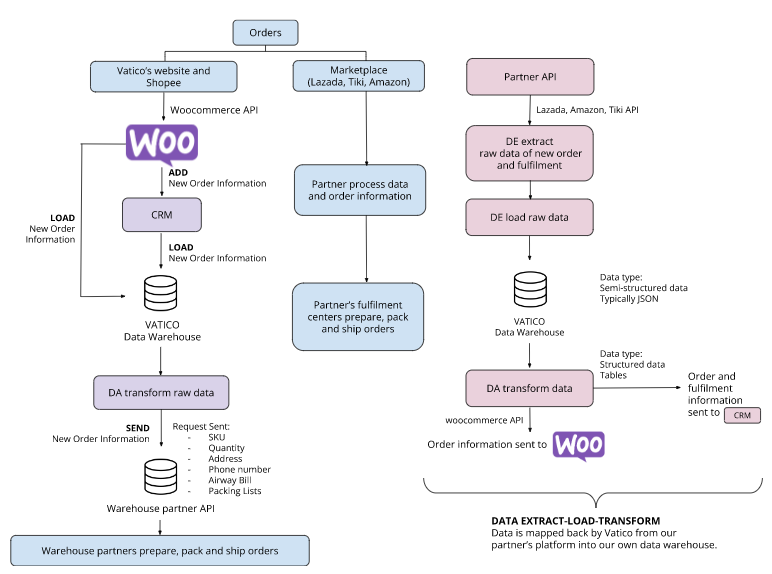
Figure 6: Overview of our order fulfillment workflows (Data workflow)
2.4 Pros and cons for two data workflows
What are the pros and cons to each data workflow?
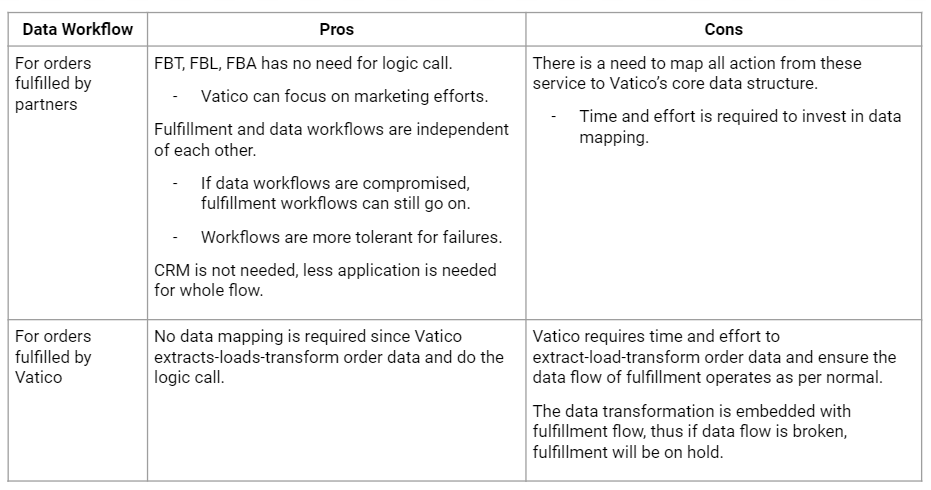
Figure 7: Pros and cons for data workflows
For each workflow, there are pros and cons to having orders fulfilled by partners and Vatico respectively. Keeping that in mind, data works alongside and helps to support operational workflows. It is thus crucial to understand how both operational and data workflow can work together and balance out so our workflows are optimal.
It is important to understand the difference between fulfillment by lazada model and our fulfillment by seller model. This is especially important in data handling, due to the need to integrate both process for lazada fulfillment.
3.1 Fulfillment by Lazada details:
Reference: What is FBL?
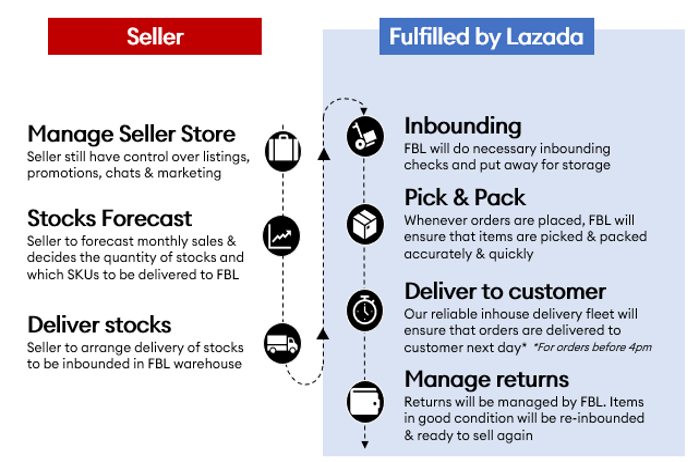
Key terms
- Woo: order management platform
- CRM: inhouse application of woo data.
- Data warehouse: where data of all microservices and applications are stored
- Logic/logic call/ request: data processing to do data transformation



